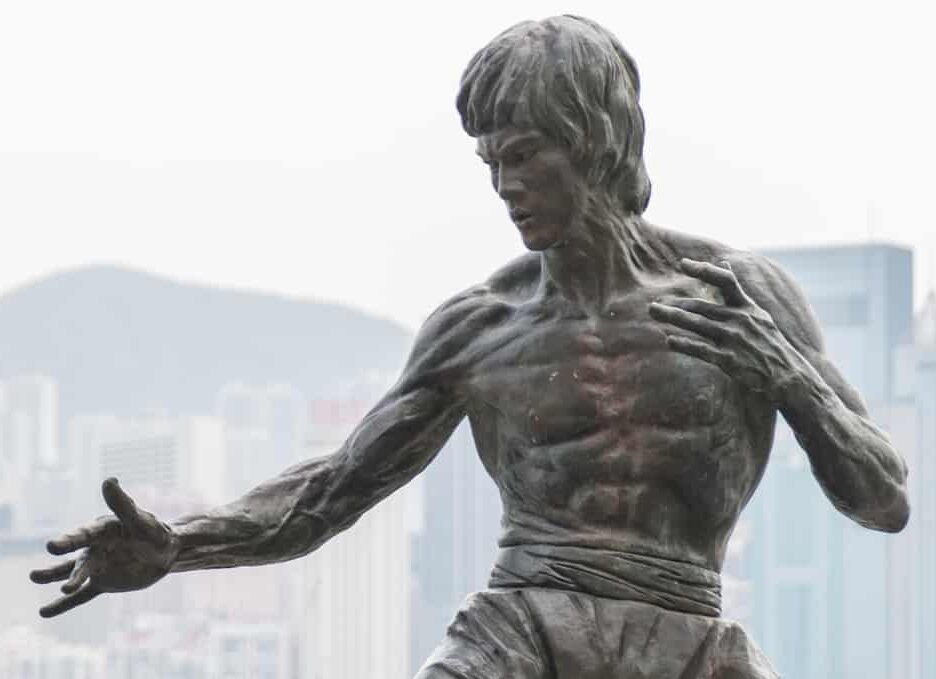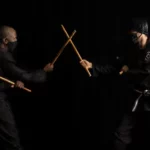Similar to styles of combat such as “naban” and “kushti” is a South Asian form of physical combat known as Malla-Yuddha. This “grappling” form of fighting is said to have originated from India, and is also popular in countries such as Pakistan, Sri Lanka, Bangladesh, and Nepal. Furthermore, this form of wrestling has progressed from being a pure sport to an actual full contact combat referred to as “yuddha”. In addition, the Malla-Yuddha comprises of four types of which the final type is no longer practiced due to the presence of extreme violence.
a. History/origin of the Malla-Yuddha:
According to the cultural history of South Asia, wrestling is said to have originated around 5000 years ago in the region. Apparently, the word “Malla-Yuddha” which literally means “wrestling combat” is first said to have been mentioned in the epic Ramayana. In fact, it is said that Siddhartha Gautama (Lord Buddha himself) was supposed to have been an expert in Malla-Yuddha before he attained “enlightenment”. Furthermore, even during the invasions by the Mughals and Persians this form of wrestling continued to be popular in India especially in the south. It is this popularity that led to this form of combat gradually becoming famous in Southeast Asian countries such as Thailand, Malaysia, and Java. In addition, Malla-yuddha also rapidly gained popularity in the South Asian region in countries like Pakistan, Nepal, and Bangladesh.
b. Weapon used in the Malla-Yuddha:
The “hands” of the fighter is mainly used as a weapon by the fighter in this form of physical combat.
c. Technique involved in the Malla-Yuddha and training availability
In terms of technique, a wrestler involves the use of “grappling” as well as moves such as joint breaking, punching, choking, and pressure point striking. In addition, Malla-Yuddha consists of four styles and they are as follows:
- Hanumanti: A style named after “Lord Hanuman” which essentially focuses on technical superiority.
- Jambuvanti: A style named after a character belonging to the Indian epic Ramayana called “Jambavan”. It involves the use of “lock and holds” to pin down opponents.
- Jarasandhi: A style named after a character belonging to the Indian epic Ramayana called “Jarasandhi”. It involves a technique that helps a fighter break the limbs and the joints of the opponent.
- Bhimaseni: A style named after a character belonging to the Indian epic Mahabharata called “Bhimaseni”. It involves the use of pure “power” to overcome an opponent.
As for training centres/schools, there are a number available especially around India for those interested in learning this “grappling” form of physical combat.
image credit ')}






